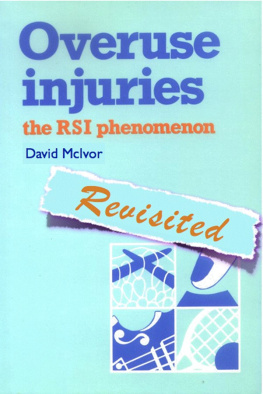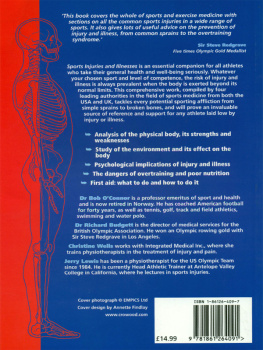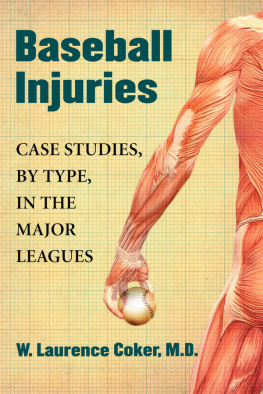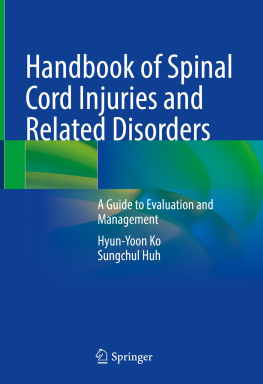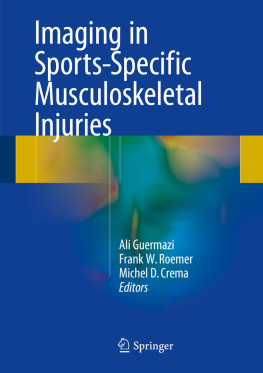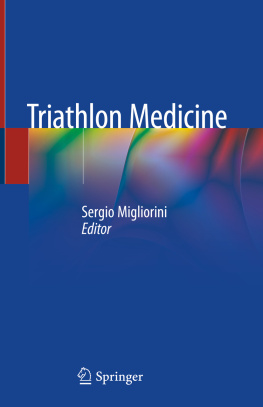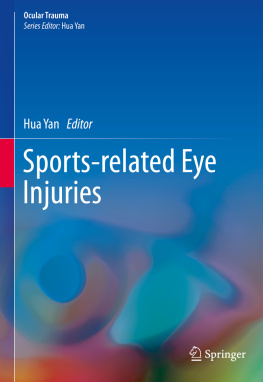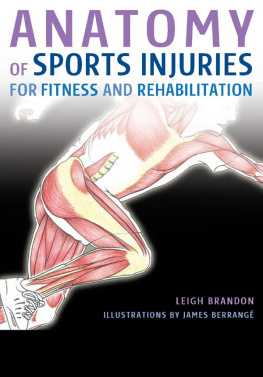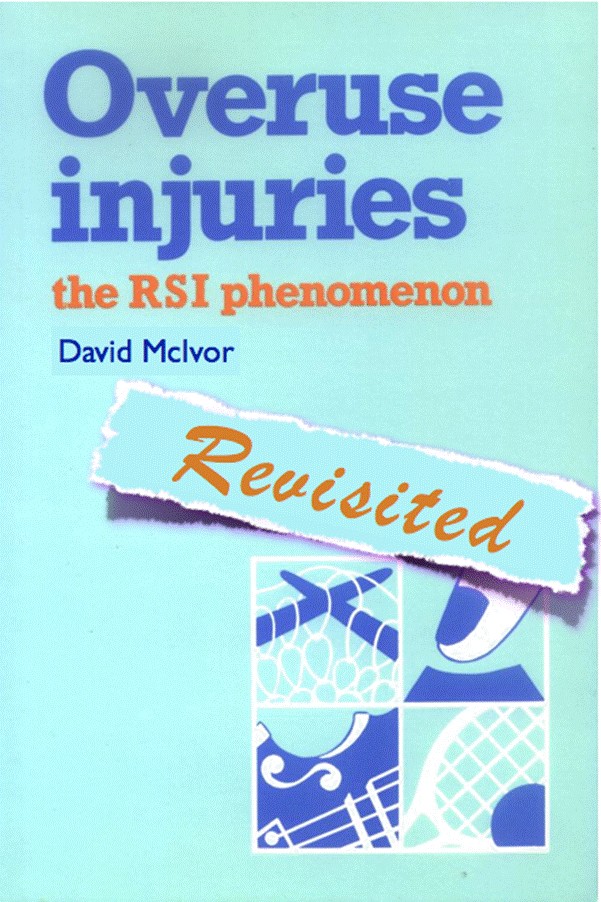Table of Contents
Overuse Injuries:
The RSI Phenomenon - REVISITED
David McIvor PhD BSc MHFESA CPMSIA FAICD
Occupational Safety and Health Associates (Australia) Pty Limited
Melbourne Shanghai
Copyright 2014 David McIvor
Smashwords Edition
Acknowledgments
The author wishes to acknowledge the valuable contribution of many friends, colleagues and associates in the development of this book. In particular, special thanks are due to Philip Meyer for his assistance with the drawings.
Preface
Tenosynovitis, carpal tunnel syndrome, epicondylitis and tennis elbow injuries have been known for many years as genuine work-related or occupational conditions. Over the past 20-30 years, the spread of so-called repetitive strain or stress injuries has resembled an industrial epidemic.
The name by which these conditions has changed and evolved over the years. They started out being called repetitive strain injuries better known by the catchy acronym RSI. They then became known as Occupational Overuse Syndrome or the less catchy OOS.
Now the catch-all term widely preferred by occupational therapists, ergonomists and OHS professionals is Musculo-Skeletal Disorders or MSDs!
MSDs are recognised globally as an increasing healthcare issue, being the second leading cause of disability after manual handling sprains and strains.
For example, in the U.S.A. each year there are tens of millions of strain and sprain injuries reported, with total dollar costs in the tens of billions. In Canada over 14% of the Canadian population are reported as living with a disability, with nearly half due to MSDs. MSDs are the most frequent health complaint by European workers.
Now we are not even sure these conditions are in fact injuries! The itis part of the terms tenosynovitis and epicondylitis implies inflammation, yet in many cases inflammation is not the cause of the pain, but a change in the structure of the tendon. Some experts refer to tendinopathy.
Whatever these disorders or conditions are called, those who have them certainly know they cause discomfort and pain (in varying degrees). MSDs mainly associated with repetitive overuse or static loading of muscles of the hand, wrist, arm, neck and shoulder - are a significant issue for both women and men.
Note this is NOT a medical text book. In fact, we deliberately steer clear of any attempt to define these conditions from medical, physiological, anatomical or psychological perspectives, on the assumption that the reader is not medically qualified. The book is very much a lay persons overview of Musculo-Skeletal Disorders.
Are Musculo-Skeletal Disorders a new phenomenon?
No - the hazards of repetitive work have been known for well over a century.
Apart from the cost, these conditions are also a cause of considerable hardship and suffering. Production lines, computers and electronics all contribute. Workers from a wide variety of occupations may be affected, ranging from nurses to bar workers. Other categories of workers include typists, clerical workers, musicians, cleaners, packers, assemblers, mail sorters, clothing workers, process workers and garbage collectors.
For example, in the U.S.A. each year there are tens of millions of strains and sprains injuries reported, with total dollar costs in the tens of billions. In Canada over 14% of the Canadian population are reported as living with a disability, with nearly half due to MSDs. MSDs are the most frequent health complaint by European workers.
MSD conditions are usually cumulative over a long period of time, although in some cases permanent damage may occur in a matter of weeks. Strain occurs when the part of the body is required to work harder, stretch farther, impact more directly or otherwise function at a level that is beyond its comfortable range. The immediate impacts may not be significant at the time, but when they occur repeatedly the constant straining cause damage. The aspects of work most strongly linked with the development of MSDs include: force, speed and direction of movement, frequency of movement, work posture and load of work. MSDs often arise from poor design of workstations, tools or equipment (i.e. poor ergonomics), excessive work rates and poor workplace administrative procedures. Personal factors such as sex, ethnicity or age are considered unimportant compared with the occupational factors involved in MSDs.
However, they can be prevented.
Prevention requires careful analysis of workplace equipment, work schedules and rates, working posture, use of tools and design of tasks to reduce physically stressful movements and postures. The prevention of MSDs involves tackling the occupational causes at the source. This book discusses the important features of overuse conditions and repetitive strain injuries, examines proven remedial actions found to be of use in combating them, and attempts to remove the mystique from these painful occupational injuries. While acknowledging physiological and psychological models for some conditions, (a medical debate still to be resolved), emphasis is placed on prevention of the conditions in the first place.
What are they called?
Musculo-Skeletal Disorders(or MSDs) is an umbrella term for a range of conditions characterised by discomfort or persistent pain in muscles, tendons and other soft tissues in the back, neck, shoulder, elbows, wrists, hands or fingers.Different conditions labelled as MSDs include:
Repetitive strain injuries (RSI)
Occupational Overuse Syndrome (OOS)
Carpal Tunnel Syndrome (CTS)
Epicondylitis - lateral (tennis)&medial (golfers) elbow)
Tenosynovitis
Tendonitis.
Cumulative Trauma Disorder (CTD)
Trigger finger
Rotator cuff tendonitis
Dequerrains disease
and so on!
MSD conditions can be divided into three main categories:
1. Rapid movement or exertion injuries
These are caused by repeated rapid movements by people using musical instruments, word processors, cash registers, computers, screen-based equipment and data processors, particularly where operators adopt poor posture. Muscular contractions involved in rapid repetitive movements may not be of great magnitude but do occur with high frequency (e.g. data processing). This risk factor may be reduced by decreasing work rates (e.g. keystroke rates), providing adequate rest breaks and ensuring good operating posture.
2. Static load injuries
These are caused by incorrect posture and/or the incorrect use of limbs resulting from bad work equipment. The body is made to accommodate the equipment rather than the other way around, or poor operating postures are adopted. Static load refers to the static muscular contraction which is required to maintain a particular work posture. In upper limb repetitive strain conditions, this mechanism particularly affects the muscles and tendons of the shoulder girdle, as these muscles must remain contracted for lengthy periods to maintain the arm in a fixed position. Maintenance of this fixed posture then allows the hands to perform the finer (and usually more repetitive) manipulative tasks (e.g. process work). Static muscle work is more tiring than dynamic muscle contractions which generate movement.
3. Forceful movement injuries
These injuries are caused by a pushing action, often on an irregular basis. Forceful movements involve sharp muscular contractions, which may be required to operate a machine or perform a particular task (e.g. pulling a lever on a machine or exerting force to put an object in a carton). With modern engineering techniques and proper job design these movements can easily be eliminated.

